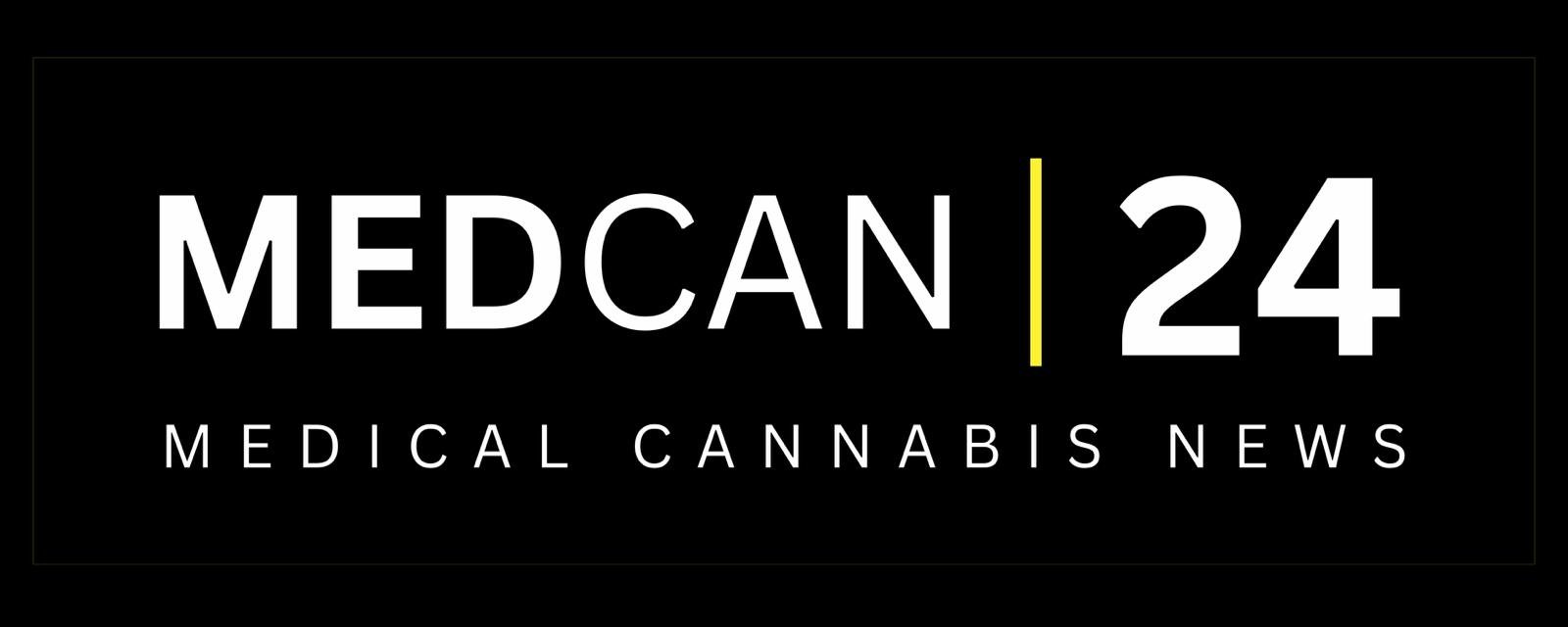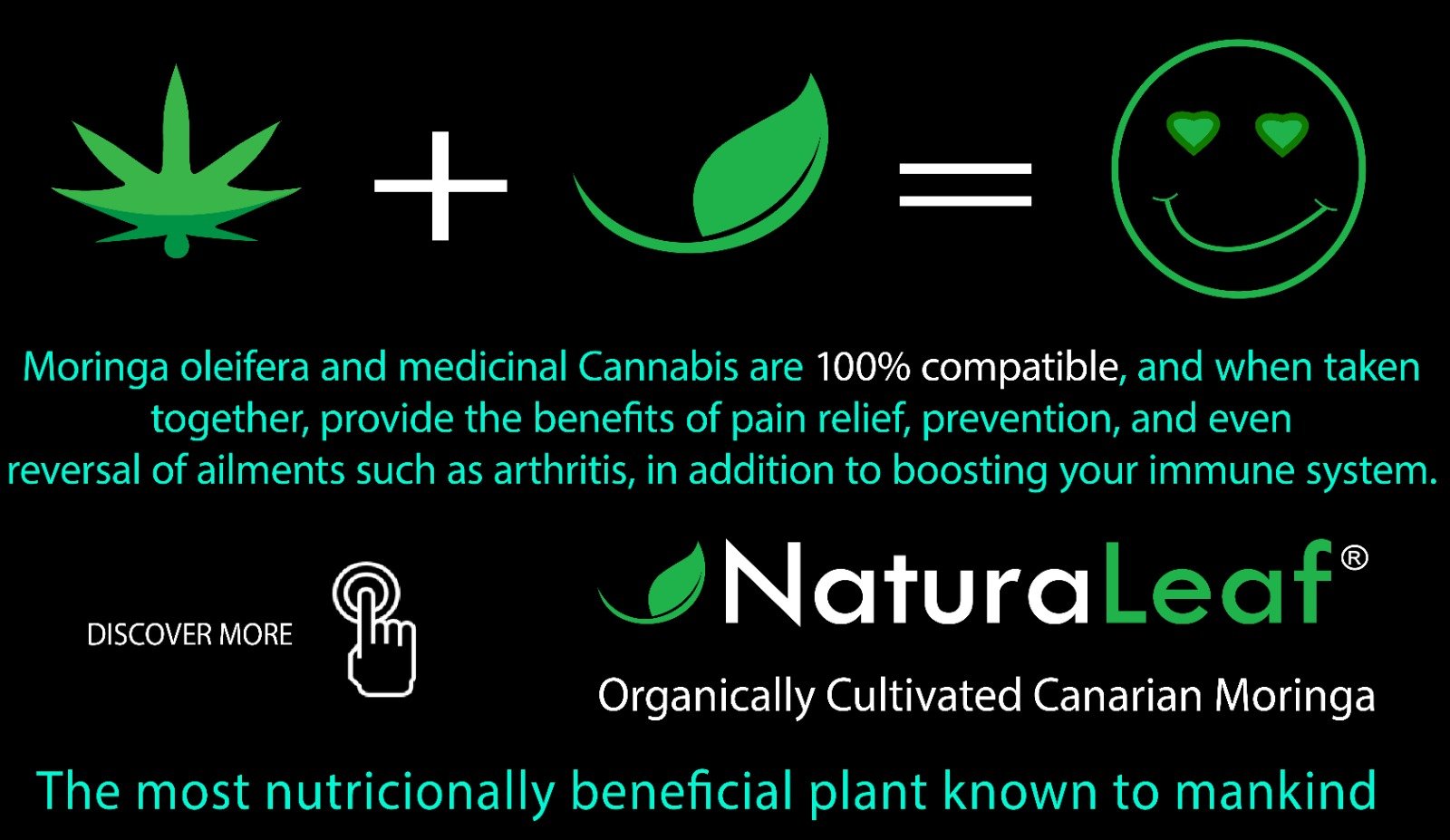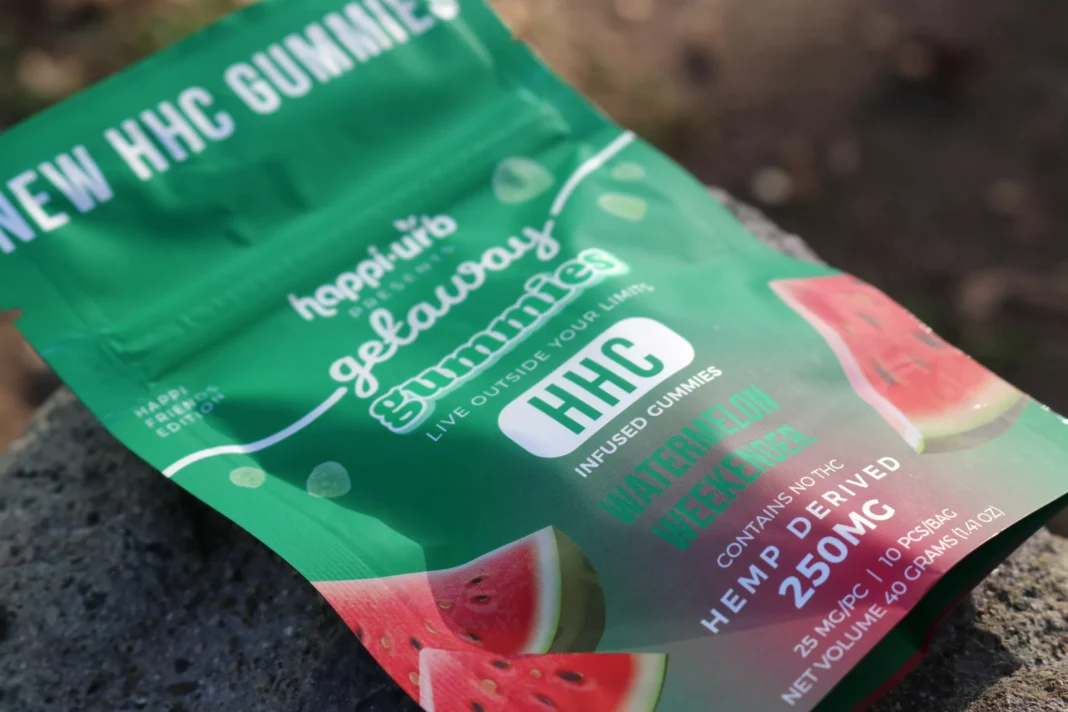The Czech Republic continues to progress in its ambitious reform of drug policy, with major reforms that aim at creating a market regulated for low-risk substances psychoactive and solving long-standing problems regarding medical cannabis accessibility.
The sale of low THC cannabis and kratom is allowed to begin in July 2025 under the new Psychomodulatory Substances act. This marks the nation as the first country that has created a separate category for substances with low risk outside the traditional narcotics law.
The government has also been working on expanding access to medicinal cannabis, by allowing general physicians to prescribe the treatments. Patients and healthcare activists have long sought this move.
Although these reforms mark a shift in policies, they are not without their limitations.
What is the Psychomodulatory Drugs Act?
The year 2024 is May MEDCAN24 reported that the Czech House of Representatives approved proposals for the regulation of so-called ‘psychomodulating substances’.
This formed part of landmark legislation put forward by the Czech Republic’s former National Coordinator for Drug Policy Jindřich Vobořil, who had been working on the bill for over a year in parallel with a separate bill to legalise cannabis.
The bill, described as ‘revolutionary’ by its proponents, aimed to ‘regulate a broad range of substances that do not pose a serious risk to public health or that do not risk serious social impacts on individuals or society.’
The act was enacted on the 1st of January. Kratom, low-THC marijuana and other substances were officially added only last week to the new category.
The Psychomodulatory substances Act introduced a three-tiered system for psychoactive substance:
- Addictive Substances that are Prohibited The use of high-risk drugs like heroin, methamphetamine and heroin is completely prohibited.
- Substances that are under review: Newly emerging psychoactive substances, such as HHC (hexahydrocannabinol), are studied for up to two years to evaluate their safety.
- Psychomodulatory Substances: Under strict conditions, the sale of low-risk substances such as kratom or cannabis with low THC is allowed.
Should ‘substances under review’ recieve confirmation of their relative safety, they will be added to the list of psychomodulating substances and approved for sale.
In the newly-published bill that will permit the sale of low THC cannabis flowers and extracts it states: “Cannabis containing less than 1% THC does not pose a significant risk to society or health and will be strictly regulated to ensure its safe use.”
The Medical Cannabis Access Expanded Access Program Might Not Be Enough
This bill comes only weeks after a similar one was passed, which allows the country’s 5000 general physicians to prescribe medical cannabis from April 2025.
Since 2013, medical cannabis is legal in Czechia, but only doctors with a specialization are allowed to prescribe it. This means that only 200 doctors actively prescribe cannabis-based medicine.
Around 8,000 Czech patients have been legally prescribed cannabis-based medicine, according to official reports. However, a survey conducted by the National Drug Monitoring Center revealed that over 600,000 Czechs used cannabis as a medical treatment, while more than a million self-treated in the last year.
While many lawmakers, politicians and even some industry voices believed that this expansion of prescribing doctors could solve this bottleneck issue, one local industry expert believes this will ‘definitely’ not be the case.
They said that the problem is systemic. MEDCAN24.
This means that there is a gap between the number of people who use cannabis to treat health problems and those prescribed with it. It is unrealistic to think that doctors could close this gap, given their insurance company constraints. Systemic issues are much more complex than expanding prescription rights.”
The country explained that patients who are prescribed medical marijuana pay 10% and the remainder 90% of their cost is covered by the insurance, up to 30g each month. Your insurance company will have to know if you want more.
Insurance companies are important in this regard. Insurance companies set limits on doctors’ prescribing, based upon various factors such as the number of patients registered. “If a doctor exceeds the limits and prescribes excessive amounts of cannabis, insurance companies may scrutinize them.”
The insurance company can audit doctors who go over this limit, putting them at risk of sanctions or other negative consequences. This will make the majority reluctant to prescribe cannabis for medical purposes.
According to information provided by representatives of general physicians in the Czech Republic (Czech Republic), it is unreasonable to expect that a doctor will accept more than 5 cannabis patients. This doesn’t fix the problem.
“While we do expect some increase in patient numbers—potentially from the current 8,000 to 15,000, or even 20,000—these are just rough, unprofessional estimates due to a lack of reliable data. “Even if we reached 20,000 patients that is still just a drop of water compared with the 600,000 estimated people who use cannabis as a medical treatment.”




